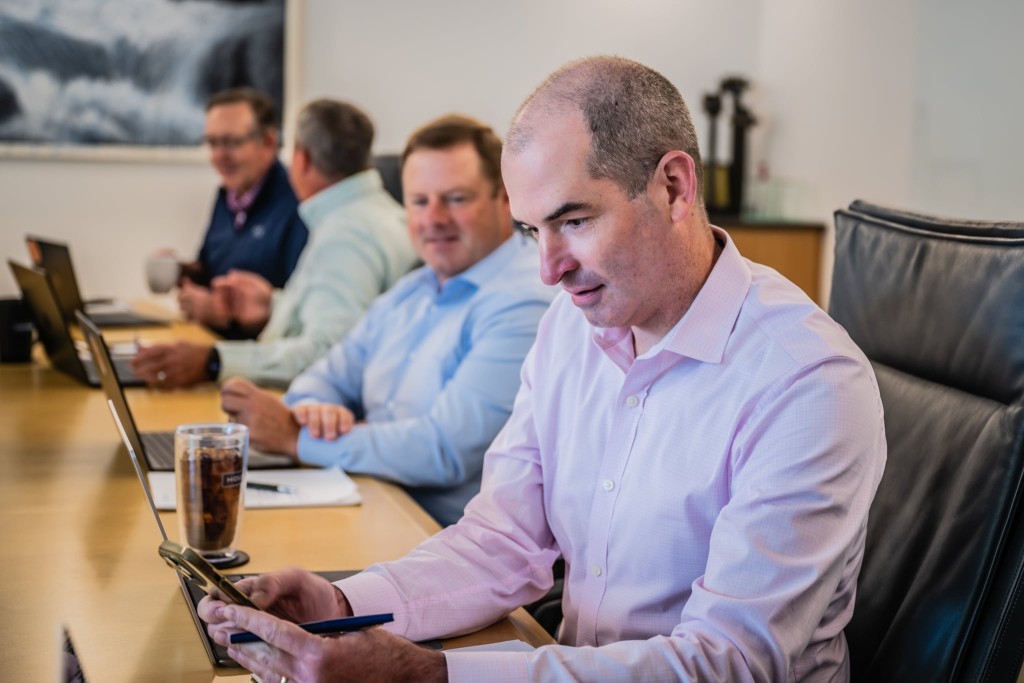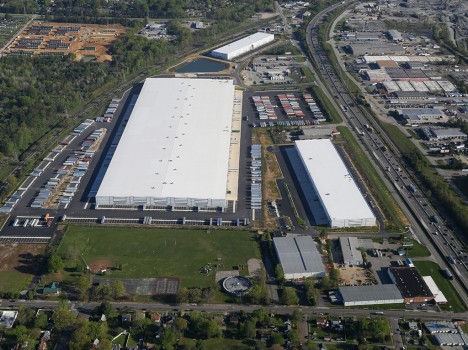
Blog
The Lifecycle Costs of Value Engineering: Finding the Balance Between Cost and Quality
— 3 min read
Every construction project begins with a vision—a concept that blends purpose, aesthetics, and function into a tangible structure. But as projects evolve, budgets inevitably come into play, forcing difficult decisions about how to reconcile the ideal with the practical. This is where value engineering becomes a vital tool.
At its best, value engineering identifies opportunities to reduce costs while maintaining a project’s intent. But the true power of this process lies in its ability to consider the implications beyond upfront savings, evaluating lifecycle costs—those cumulative expenses associated with operating, maintaining, and eventually replacing building systems over time.
What Is Value Engineering?
Value engineering is often thought of as a cost-cutting measure, but that’s an overly simplistic view. In practice, it’s a creative, collaborative process aimed at enhancing overall project value by analyzing the functions of materials, systems, and designs and exploring more efficient alternatives. It’s not about reducing quality—it’s about refining priorities and ensuring that every dollar contributes meaningfully to the project’s goals.
Why Lifecycle Costs Matter
Initial cost savings are important, but they’re only part of the equation. Decisions made during the value engineering process can have ripple effects, influencing the operational and maintenance costs of a building for decades. For example:
- Durability vs. Maintenance: Choosing less expensive materials may seem like a win, but if those materials require frequent repairs, the savings can quickly disappear.
- Energy Efficiency: Energy-efficient systems often come with higher upfront costs but deliver significant savings over the life of the building.
- Long-Term Performance: Systems and materials with longer lifespans reduce replacement costs, minimizing disruption and expense down the road.
Considering lifecycle costs ensures that value engineering serves its ultimate purpose: delivering a building that balances immediate needs with long-term benefits.
Avoiding the Pitfalls of Value Engineering
The inherent challenge of value engineering lies in striking a balance between cost and quality—a balance that requires thoughtful collaboration among project stakeholders. Here are a few key principles for ensuring the process achieves its intended outcomes:
- Focus on the Big Picture: Value engineering decisions should align with the project’s overarching goals. What are the priorities—cost, sustainability, durability, or performance—and how do they shape the decision-making process?
- Embrace Expertise: Engaging a diverse team early in the design phase brings multiple perspectives to the table. Architects, engineers, contractors, and owners each have valuable insights that can shape smarter solutions.
- Evaluate Trade-Offs Holistically: A comprehensive review of each alternative—including upfront costs, lifecycle costs, and performance—provides clarity about what’s truly at stake.
- Prioritize Open Communication: Transparent conversations about the implications of decisions build trust and foster collaboration among stakeholders.
- Think Beyond Today: Sustainable design elements often carry higher upfront costs but deliver measurable returns through energy savings, reduced environmental impact, and improved occupant satisfaction.
A Collaborative Mindset
Value engineering isn’t about making sacrifices; it’s about making smarter choices. The most successful projects are the result of open dialogue, creative thinking, and a shared commitment to balancing cost, quality, and purpose. By focusing on lifecycle costs, project teams can ensure that decisions made today support the needs of tomorrow.
This approach requires collaboration, trust, and a willingness to challenge assumptions. It’s not easy, but it’s worth it. A building’s story doesn’t end when construction is complete—it continues for decades, shaped by the choices made along the way. Thoughtful value engineering is one of the best ways to ensure that a story is one of lasting success.



